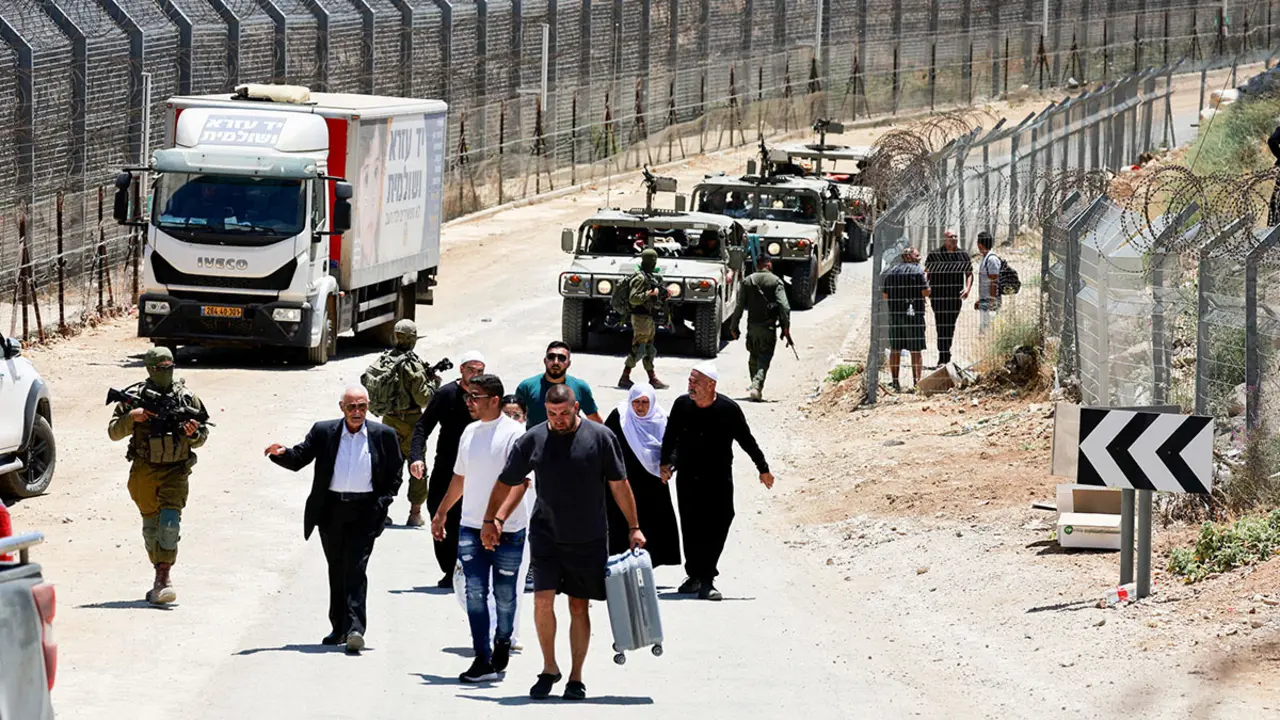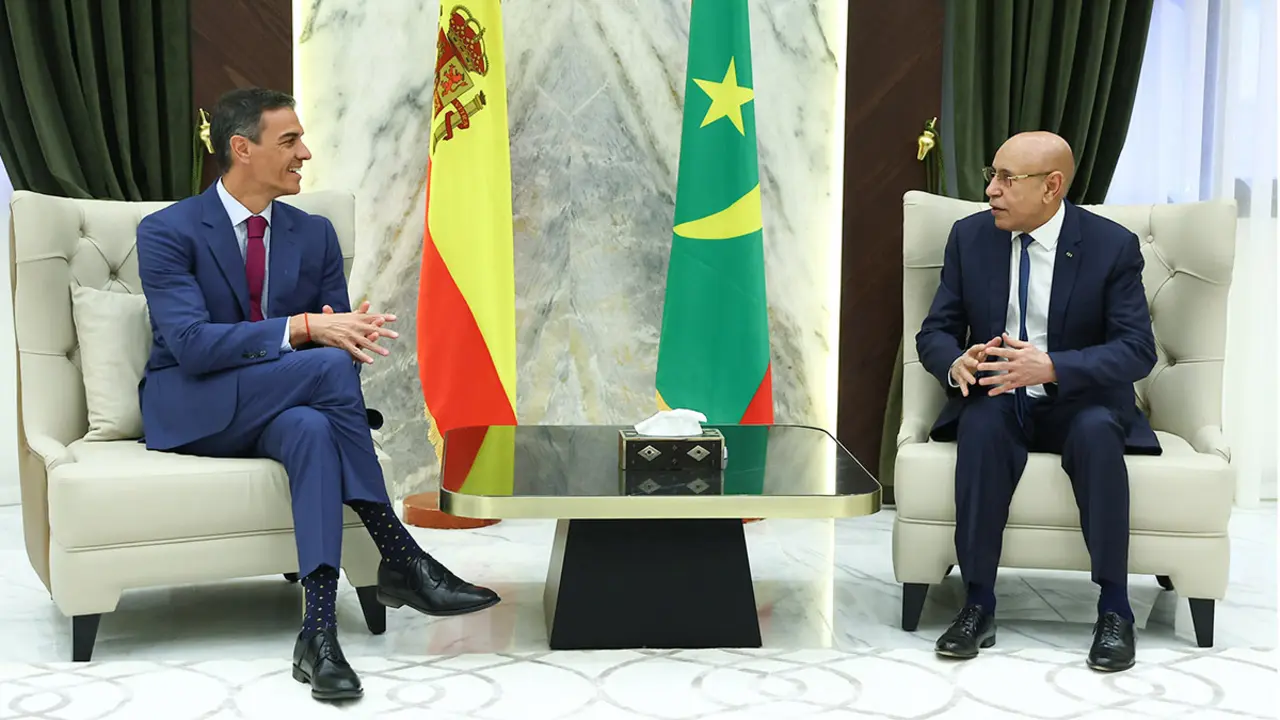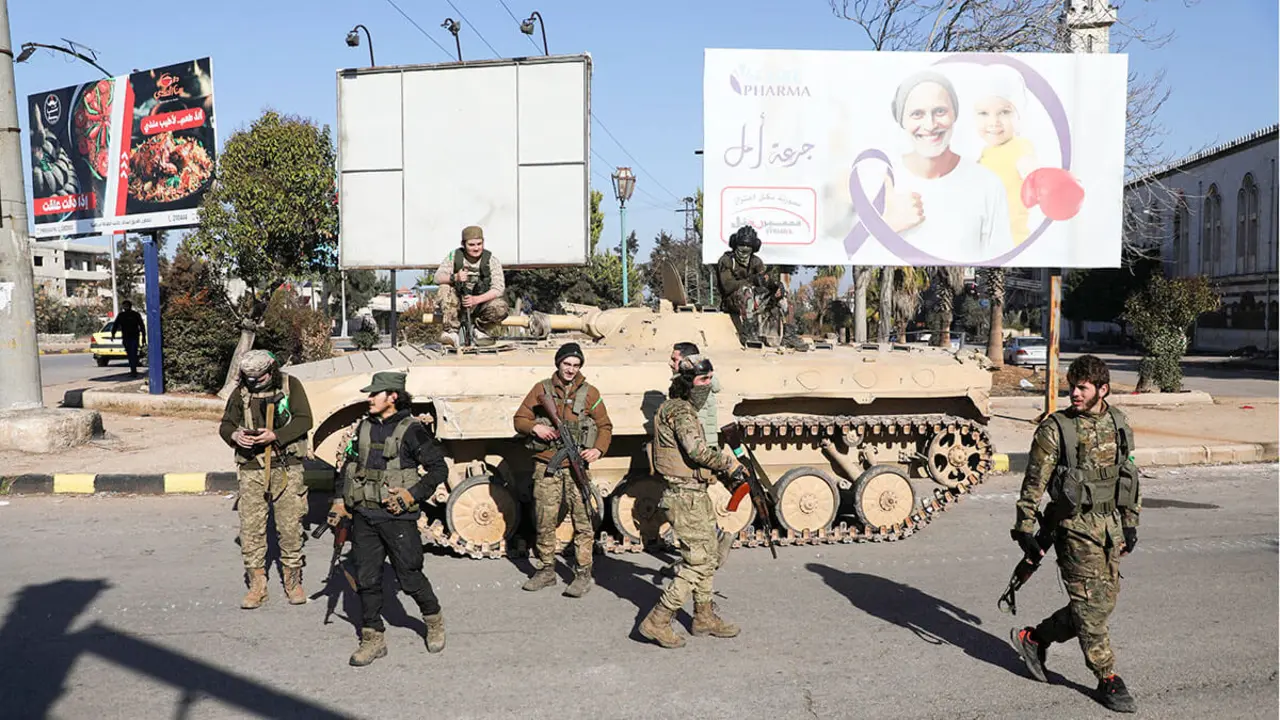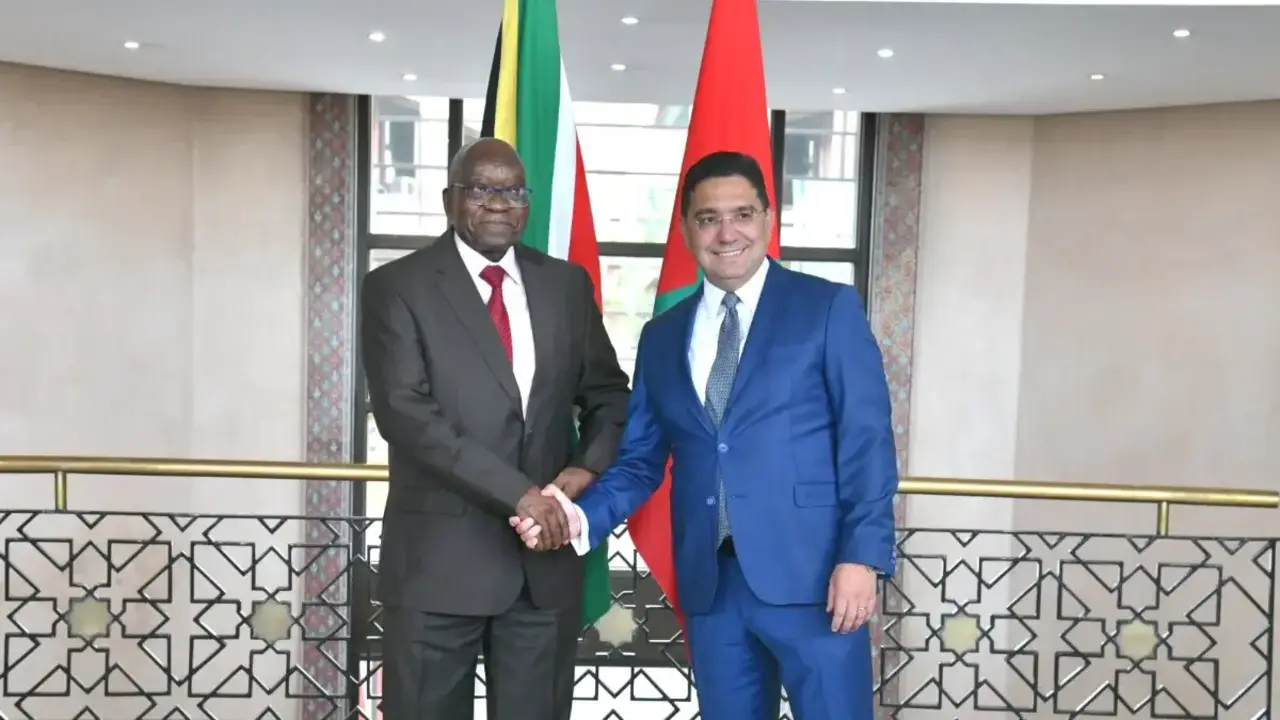Marta Summers: "The trend in Africa is a clear progression of terrorism"

Jihadist activity has increased over the past year 2020. Europe is one of the regions that has suffered this increase, although the main focus has been in Pakistan and Afghanistan, the latter being the hardest hit. The question that arises after an increase in jihadist activity in a pandemic year is whether there has been a causal relationship.
Luis de la Corte Ibáñez, director of the Strategic Intelligence Resources Area of the Institute of Forensic and Security Sciences of the Autonomous University of Madrid, has stated that "it is not at all clear to what extent the coronavirus has boosted or inhibited jihadist activity". He did so at a meeting organised by the Spanish Institute for Strategic Studies (IEEE) entitled 'Jihad in times of pandemic', moderated by Francisco José Dacoba Cerviño, director of the IEEE. However, it is important to have a certain perspective since, as De la Corte Ibáñez explained, the trend since 2017 has been downward due to the territorial defeats of Daesh and the fact that there are no large operational infrastructures in Europe.

On the other hand, Marta Summers, coordinator of the Maghreb Jihadism Observatory for the International Observatory for the Study of Terrorism (OIET), emphasised the jihadist focus located in the Lake Chad region, one of the examples that explain the growth of terrorism throughout the African continent: "The trend in Africa is of a clear progression of terrorism". A trend that, although Luis de la Corte calls "marginal", has occurred during 2020 in Europe, where the number of jihadist attacks has not only grown, but doubled.

The effects of the pandemic may have two totally opposing perspectives. The first is the possibility that terrorist organisations have used this time of pandemic to strengthen and improve their organisational infrastructures, which, as Marta Summers pointed out, would pose a new and much stronger threat to the peace and security of international society. The other possibility Summers points to is that the crisis situation has generated major disputes and disagreements both among the members of terrorist organisations and between the different organisations, leading to a weakening of the latter.
One of the threats to be highlighted by both has been that of the Taliban because of their track record. The impossibility of reaching agreements with them, coupled with the fact that when agreements are reached, they are not honoured, makes their existence one of the greatest threats to the West today. Not to mention, of course, their close ties to al-Qaida.

After studying six regions where there is regular jihadist activity, Luis de la Corte Ibáñez and Marta Summers conclude that, in four of them, the number of attacks has increased. Although, on the other hand, they have been of less impact and danger than in previous years. Thanks to this study, De la Corte Ibáñez ventures that the real threat of a large-scale attack is not as close as one might think at first glance at the statistical data: "It is unlikely to expect large-scale attacks in a short period of time".








